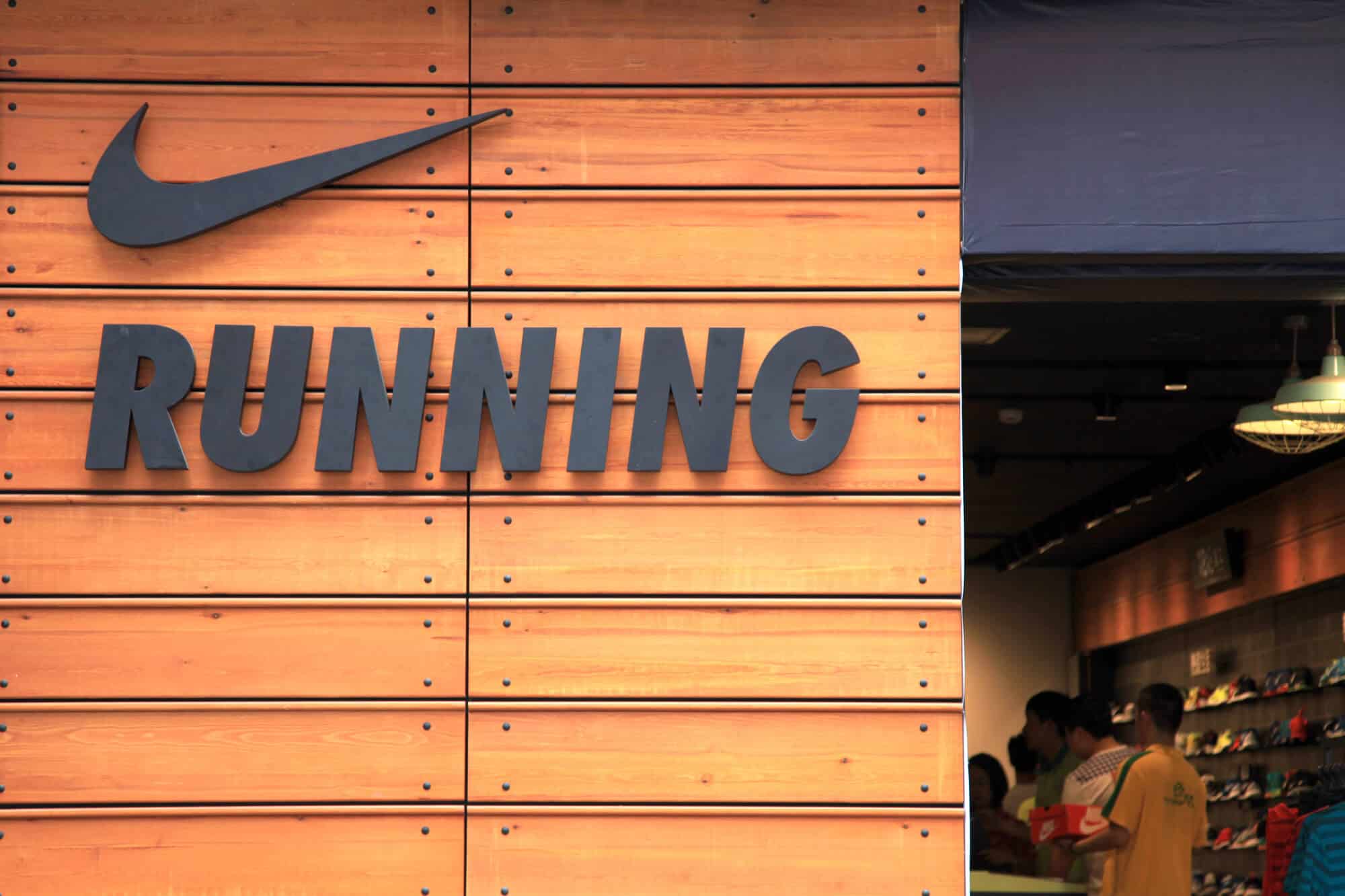Robots Vs. Nike Shoes: The Manufacturing Challenges

Table of Contents
The Allure and Limitations of Robotic Automation in Shoe Manufacturing
The promise of robotic automation in shoe manufacturing is alluring. Robots offer significant advantages over traditional methods:
- Increased production speed and output: Automated systems can operate 24/7, significantly increasing production volume compared to human workers who require breaks and rest. This translates to faster turnaround times and potentially lower manufacturing costs.
- Enhanced precision and consistency in manufacturing: Robots perform repetitive tasks with unwavering accuracy, leading to consistent quality and reduced defects. This is particularly crucial in shoe manufacturing, where even minor inconsistencies can impact comfort and durability.
- Potential for reduced labor costs in the long run: While the initial investment in robotic systems is substantial, the reduction in labor costs over time can result in significant savings. This is especially pertinent in regions with higher labor costs.
- 24/7 operation, minimizing downtime: Unlike human workers, robots don't require breaks or overtime pay, leading to continuous production and minimizing downtime.
However, the integration of robots into shoe manufacturing isn't without its limitations:
- High initial investment in robotic systems and infrastructure: The cost of purchasing, installing, and maintaining robotic systems is substantial, representing a considerable upfront investment for manufacturers.
- Difficulty in adapting robots to handle the complexities of shoe assembly: Shoe construction involves a variety of intricate processes, requiring dexterity and adaptability that current robotic systems may lack. The manipulation of flexible materials like leather and fabric remains a challenge.
- Limited dexterity and flexibility compared to human workers: While robots excel at repetitive tasks, they often struggle with the variability inherent in shoe production, such as handling different materials or adapting to variations in shoe designs.
Specific Challenges in Integrating Robots into Nike's Production Process
Nike's global manufacturing network presents unique complexities for robotic integration. The company relies on a vast network of factories across the world, each with varying levels of technology and expertise. This necessitates a coordinated and strategic approach to robotic implementation:
- Managing global supply chains and coordinating robotic integration across different factories: Standardizing processes and training personnel across diverse locations is crucial for seamless robotic integration.
- Ensuring consistent quality control across various production sites using robots: Maintaining uniform quality standards across different factories utilizing robots requires robust quality control systems and rigorous training.
- Implementing robotics for customized shoe production (e.g., Nike By You): Nike's personalized offerings like Nike By You demand flexibility and adaptability, challenging the limitations of current robotic systems.
- Balancing automation with ethical labor practices and sustainability goals: Nike is committed to ethical sourcing and sustainable manufacturing. Integrating robots must align with these commitments, ensuring responsible labor practices and minimizing environmental impact.
- The challenges of integrating robots into existing production lines without major disruptions: Upgrading existing infrastructure to accommodate robotic systems requires careful planning and execution to minimize disruptions to production.
The Role of AI and Machine Learning in Overcoming Manufacturing Hurdles
Artificial intelligence (AI) and machine learning (ML) offer significant potential for overcoming the limitations of current robotic systems in shoe manufacturing.
- AI-powered vision systems for improved accuracy and dexterity in robotic assembly: Computer vision enables robots to “see” and interact with their environment with greater precision, handling complex tasks with improved dexterity.
- Machine learning algorithms for predictive maintenance of robotic equipment: ML can analyze data from robotic systems to predict potential malfunctions and schedule maintenance proactively, minimizing downtime and optimizing efficiency.
- AI-driven quality control and defect detection: AI-powered systems can identify defects with higher accuracy and speed than human inspectors, ensuring consistent quality and reducing waste.
- The potential of AI to personalize and customize shoe production at scale: AI can facilitate the mass customization of shoes by enabling robots to handle variations in design and material specifications more efficiently.
Conclusion
The integration of robots in shoe manufacturing, particularly for a company as complex and globally dispersed as Nike, presents both exciting opportunities and significant challenges. While robotic automation promises increased efficiency, precision, and cost savings, the intricate nature of shoe production necessitates innovative solutions to address the limitations of current robotic technology. The crucial role of AI and machine learning in enhancing robotic capabilities cannot be overstated. These technologies are key to overcoming hurdles related to dexterity, adaptability, quality control, and customization, ultimately paving the way for a more efficient and sustainable future of shoe manufacturing.
Call to Action: Learn more about the ongoing evolution of robots and Nike shoes and the future of automated shoe manufacturing. Explore the latest advancements in robotics and AI, and how these technologies are shaping the footwear industry.

Featured Posts
-
 Ryujinx Emulator Development Halted Nintendo Contact Confirmed
Apr 22, 2025
Ryujinx Emulator Development Halted Nintendo Contact Confirmed
Apr 22, 2025 -
 Stock Investors Defy Market Trends Anticipating Further Losses
Apr 22, 2025
Stock Investors Defy Market Trends Anticipating Further Losses
Apr 22, 2025 -
 Increased Student Fear At Fsu Following Security Breach Despite Prompt Police Response
Apr 22, 2025
Increased Student Fear At Fsu Following Security Breach Despite Prompt Police Response
Apr 22, 2025 -
 Pope Francis Passes Away At 88 After Battling Pneumonia
Apr 22, 2025
Pope Francis Passes Away At 88 After Battling Pneumonia
Apr 22, 2025 -
 The Deteriorating Us China Relationship A Path To Cold War
Apr 22, 2025
The Deteriorating Us China Relationship A Path To Cold War
Apr 22, 2025
